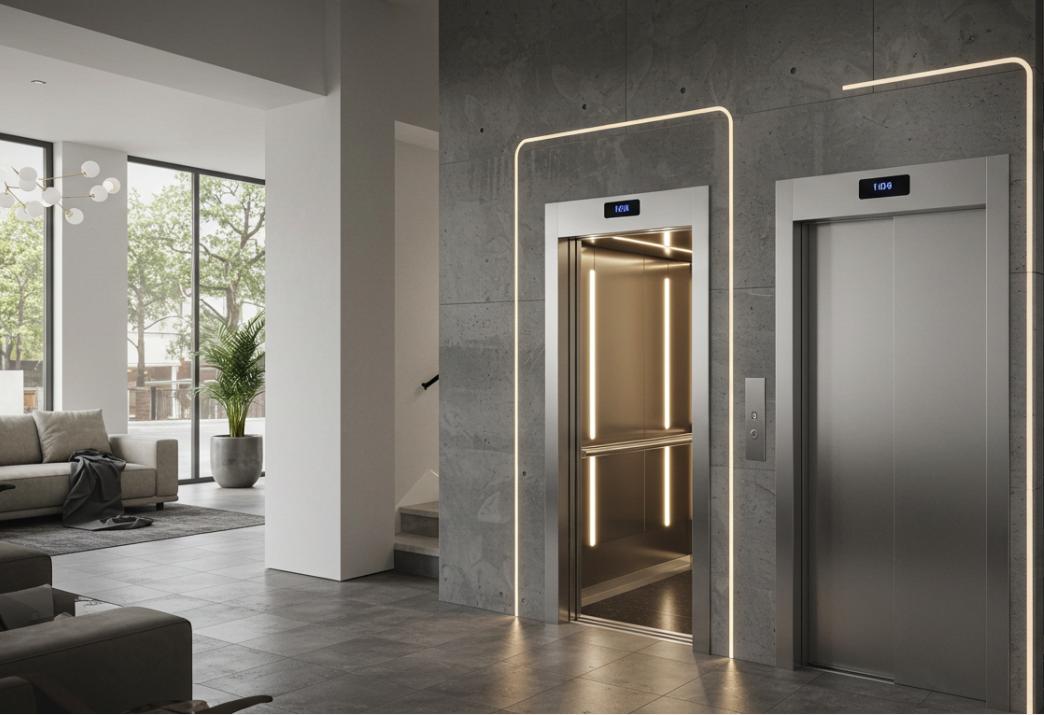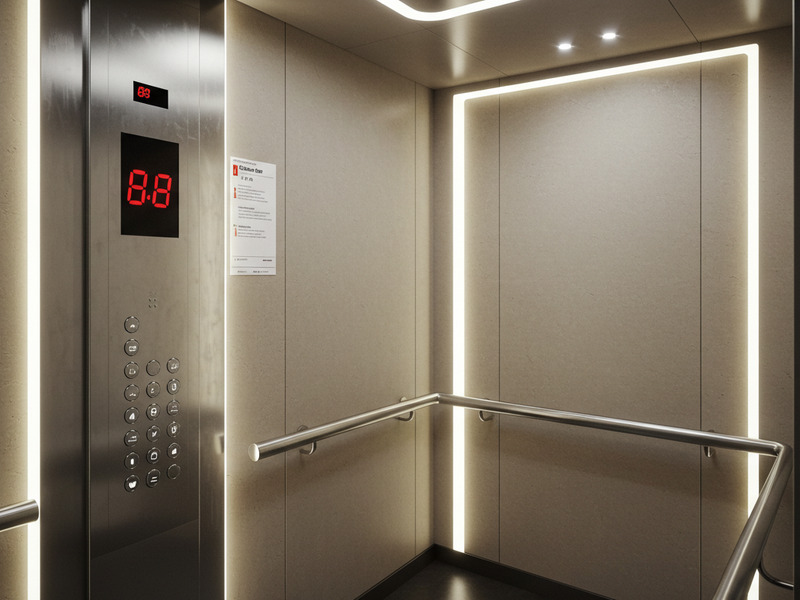
As building technology advances, elevator modernization becomes vital for boosting safety, efficiency, and user experience. Reports show that upgrading older systems can cut energy use by as much as 40%, highlighting the need to grasp current trends in elevator upgrades. From smart destination dispatch to sustainable machinery installations, the future of vertical transit is now and warrants your focus. Explore the key trends reshaping the sector and their potential to radically optimize your home’s fonctionnality.![]()
Understanding elevator modernization
Elevator modernization is essentially an upgrade process wherein outdated components are replaced with new technology to improve performance, safety and aesthetics. With elevators being the backbone of vertical transportation in a building, regular upgrades are essential to meet the evolving needs of users and comply with updated regulations.
Key trends in elevator modernization
Several elements drive the modernization trend, notably technological progress, sustainability objectives, and evolving user expectations. Key trends currently shaping elevator modernization include:
-
Emphasis on energy efficiency: Modern elevators incorporate technologies like regenerative drives, which capture energy during descent and feed it back into the building’s power grid, reducing overall energy consumption. Additionally, features such as LED lighting and standby modes further enhance energy savings and contribute to sustainability goals.
-
Smart technology integration: Elevators are increasingly equipped with Internet of Things (IoT) capabilities, enabling real-time monitoring, predictive maintenance, and efficient operation. This integration enhances reliability, reduces downtime, and allows for seamless coordination with other building systems.
-
Enhanced user experience: Modernization efforts focus on improving passenger comfort through smoother and quieter rides, as well as implementing touchless controls and personalized settings. These advancements elevate the user experience, address hygiene concerns, and accessibility needs.
-
Sustainability goals: Elevator modernization aligns with global sustainability objectives by reducing carbon footprints through energy-efficient technologies and materials. Upgraded systems contribute to green building certifications and support environmental stewardship initiatives.
Benefits of elevator modernization
Elevator modernization comes with a myriad of benefits that extend beyond mere upgrades. Here are some key advantages:

Increased safety
Modern elevators come equipped with the latest safety features, which significantly reduce the risk of accidents and malfunctions. Upgrading components like door operators, emergency systems, and control systems ensures passenger safety and compliance with current regulations.
Enhanced efficiency
Replacing outdated equipment leads to improved operational efficiency. New elevators are designed to consume less energy and move passengers with greater speed and reliability, resulting in minimized wait times. This is especially important in busy buildings where elevator congestion can be an issue.
Improved aesthetics
Modernization allows for upgrades that improve the visual appeal of elevators. New finishes, lighting, and designs can transform the elevator’s interior, making it more inviting and in line with contemporary building designs.
Considerations for elevator modernization
Several critical factors should be evaluated to ensure a successful outcome:
Ongoing maintenance costs
Assess the long-term expenses linked to maintaining outdated systems. Often, older elevators incur high repair costs that can outweigh modernization investments.
Installation lead times
Lead times for obtaining new components can vary. It’s essentiel to plan ahead to prevent any delays that could disrupt service and inconvenience occupants.
Regulatory compliance
Ensure that all upgrades comply with the latest building codes and safety regulations. This is essential to safeguard passengers and maintain legal integrity.
Modernization process and timeline
The process of elevator modernization may take time, depending on project scope and building size. Generally, planning and executing an elevator upgrade can span several weeks to months. Below is a typical estimation of the timeline involved:
|
Task |
Estimated time (weeks) |
|---|---|
|
Comprehensive audit |
1-2 |
|
Planning and design |
2-4 |
|
Equipment procurement |
2-6 |
|
Installation |
2-8 |
|
Testing and inspection |
1-2 |
Elevator modernization is a vital process that enhances safety, efficiency, and technology standards in building systems. Key trends include upgrading to energy-efficient systems, integrating advanced technologies like destination dispatching, and transitioning from hydraulic to eco-friendly AC machines. As facilities evolve, maintaining compliance with safety codes while minimizing downtime is essential. It’s extremely important to choose the right components and plan carefully in order to make sure elevators last a long time and work well.
Want to boost your building’s performance? Talk to an expert today about elevator upgrades that truly fit your needs.
https://www.youtube.com/watch?v=C6vFsSkzvTI









